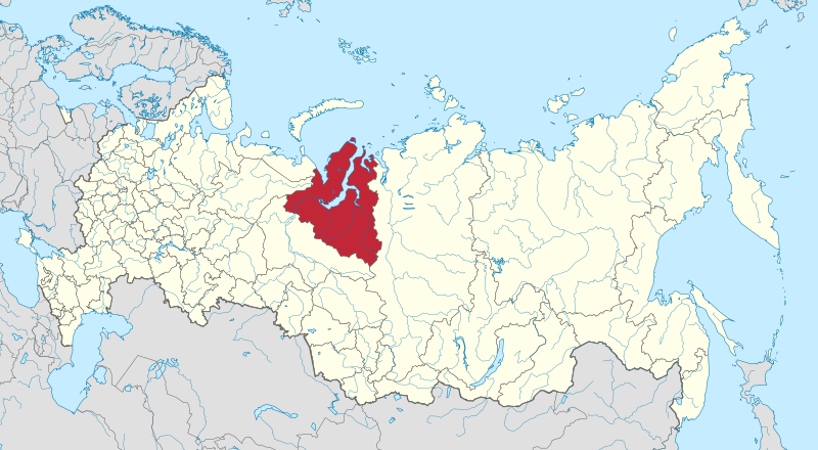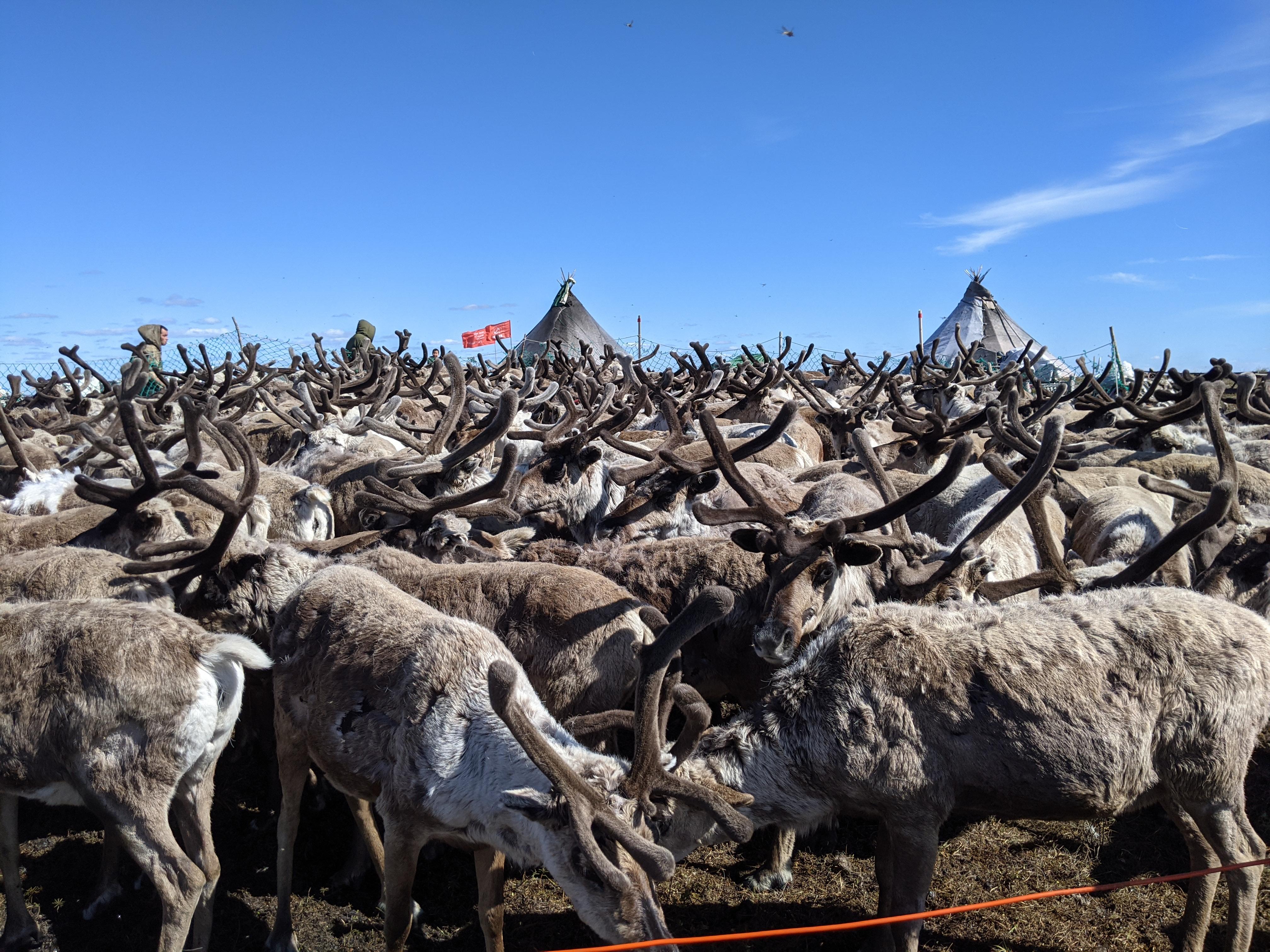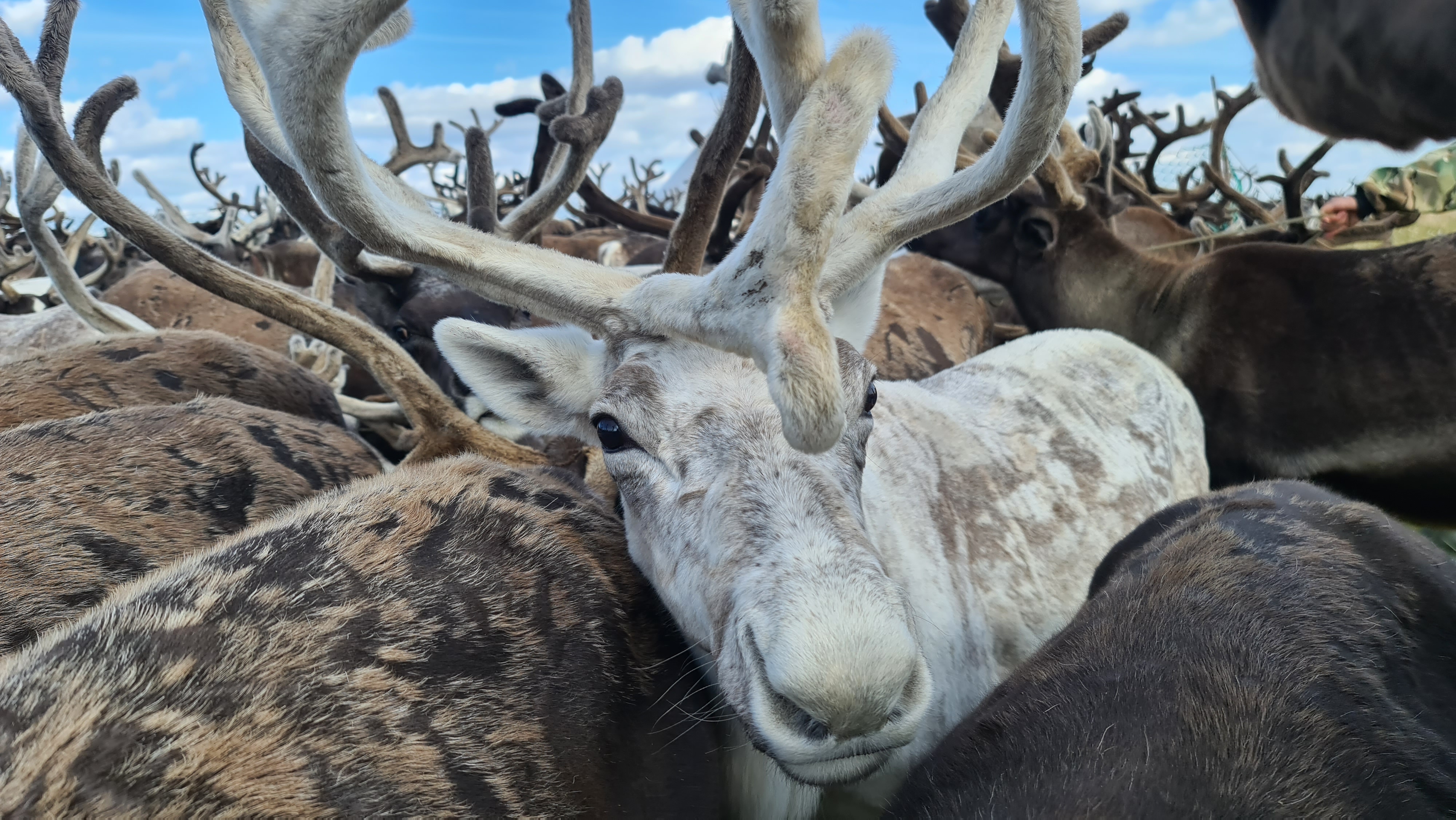Reindeer from space: eating away at climate change
In brief
In the Biogeosciences Lab at the School of Geography and the Environment, Marcus Spiegel and Marc Macias-Fauria have been observing the impacts of reindeer visible from space and have discovered that their appetite and movements could help mitigate accelerating Arctic warming.
Overview
In the Biogeosciences Lab at the School of Geography and the Environment, Marcus Spiegel and Marc Macias-Fauria have been observing the impacts of reindeer visible from space and have discovered that their appetite and movements could help mitigate accelerating Arctic warming.
The Benefits of Rewilding
Rewilding has the potential to be an effective response to our biodiversity and climate crises, especially in the Arctic.
‘Tall shrubs are growing rapidly in the Arctic in response to climate change. Known as Arctic "shrubification," it has important climate change feedbacks. The tall vegetation tends to be darker in colour, meaning it will absorb more heat and reflect less. This warms the surface. The taller vegetation (and the snow it traps in winter) acts like a blanket over the permafrost, keeping it warmer in winter, preventing it from freezing more deeply, and facilitating thaw and release of carbon,’ says Marcus.
Research suggests that increased density and diversity of large herbivores could lead to:
- higher plant diversity,
- open landscapes with less absorption of heat by vegetation,
- cooler permafrost that is less vulnerable to thawing and releasing carbon,
- and be a step towards restoring the Pleistocene Arctic ecosystems that included herds of a range of mammals, including mammoth, woolly rhino, and bison, nearly all of which had become extinct due to a combination of human pressures and climate change 10,000 years ago.
Today, with only a few species of large herbivores remaining in the Arctic, it is challenging to study the impacts of large herbivores in modern tundra environments and to predict the effects of potential reintroductions, particularly at the large scales that have been proposed for nature-based solutions. An exception is on the Yamal Peninsula in northwest Siberia, where Marcus Spiegel and Marc Macias-Fauria, from the Biogeosciences Lab at the School of Geography and the Environment, have been studying the impacts of large herbivores on a regional scale.

The importance of local knowledge
Yamal covers a land area just smaller than England. It has been a hotspot for ecological and industrial change. Rapid climate warming has caused shifts in vegetation and animal communities while landscapes have been transformed and fragmented by infrastructure built for natural gas exploration and extraction. But Yamal is also home to some of the world’s largest reindeer herds managed by the Indigenous Nenets pastoralists who practise herding as a nomadic way of life. But are they significantly shaping the environment of Yamal? And can it be seen via satellite?
Local expertise and knowledge was key to being able to recognise reindeer herding patterns. Anthropologists Alexander Volkovitskiy and Alexandra Terekhina, who are based at the Institute of Plant and Animal Ecology at the Arctic Research Station in Yamal, have spent decades of working in Yamal with Nenets herders. They created a novel, spatiotemporal dataset of reindeer numbers and movements on a large region of Yamal (151,000 reindeer over 67,000 km2) based on official statistics, semi-structured interviews, and participatory mapping as well as contributing their insights into the herding practices of the Nenets. This interdisciplinary collaboration proved vital.

Engineering a better future
‘What we discovered was that the more reindeer (and large herbivores) there are, the more open the landscape is. Essentially, there are fewer shrubs, especially tall shrubs, and more grasses and forbs (other non-woody plants). Reindeer create these open landscapes through their grazing/browsing, but especially via their trampling. There is strong evidence of this impact where there is high reindeer density,’ says Marcus.
This influence has likely had a net cooling effect via the carbon cycle and energy balance while benefitting local floral biodiversity by keeping woody shrubs at bay.
This is the first time that evidence of herbivory shaping Arctic ecosystems has been reported over such a broad scale, and it highlights the potential for large herbivores to act as ecosystem engineers in the modern tundra.
Publications
Top-Down Regulation by a Reindeer Herding System Limits Climate-Driven Arctic Vegetation Change at a Regional Scale by Marcus P. Spiegel, Alexander Volkovitskiy, Alexandra Terekhina, Bruce C. Forbes, Taejin Park, Marc Macias-Fauria
In brief
In the Biogeosciences Lab at the School of Geography and the Environment, Marcus Spiegel and Marc Macias-Fauria have been observing the impacts of reindeer visible from space and have discovered that their appetite and movements could help mitigate accelerating Arctic warming.






